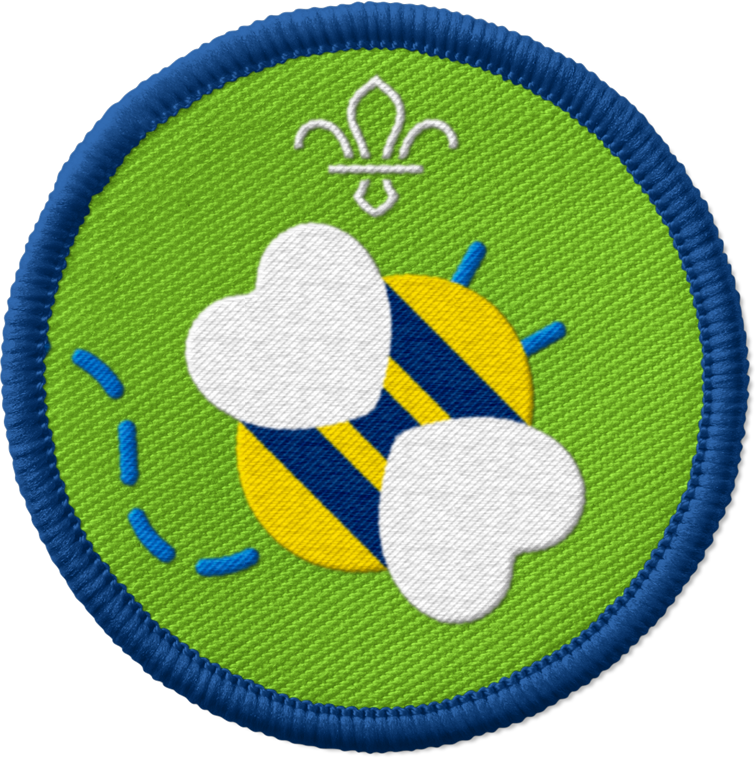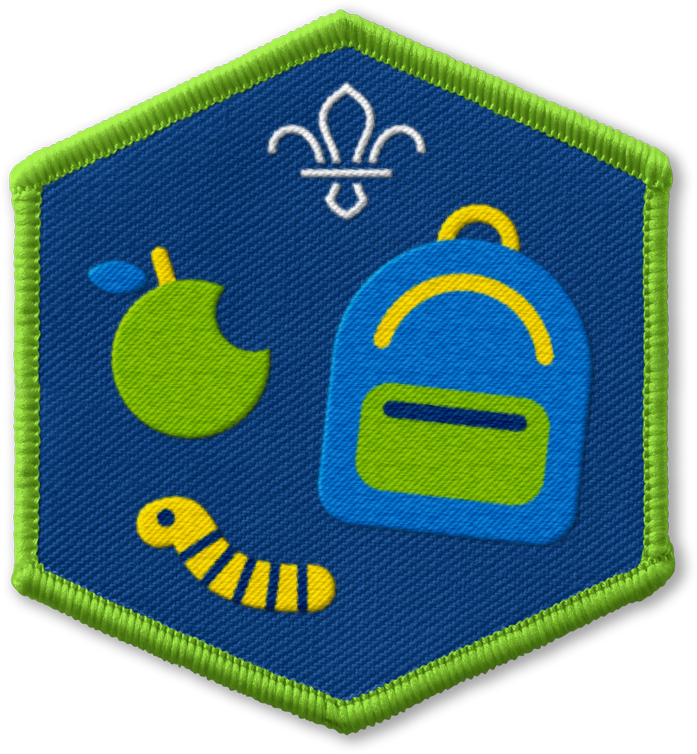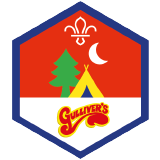
Timon and Pumbaa - brilliant bug hunt
You’ll need
- Bug identification sheet
- Pencils
- Access to a printer
Before you begin
- Use the safety checklist to help you plan and risk assess your activity. There's also more guidance to help you carry out your risk assessment, including examples.
- Make sure all young people and adults involved in the activity know how to take part safely.
- Make sure you’ll have enough adult helpers. You may need some parents and carers to help if you’re short on helpers.
Planning this activity
- Choose an appropriate, accessible outdoor area. You may need to think about avoiding steps, being close to public transport, or steep gradients or including frequent breaks.
- Make sure parents and carers know exactly where you’ll be, what people may need to bring, the day, the location, and when and where to drop off and collect everyone.
- Have a suitable, well-lit place for drop off and collection, away from any traffic.
- Check the weather forecast. Make sure everyone knows to come dressed for the weather and activity, being prepared for the weather to change.
- Check the sunset times, making sure that you’ll have sufficient light throughout the activity. It’s best to run this activity on lighter evenings, such as in summer.
- You may want to use some bug identification sheets for everyone see what they can find. There are some great ones created by the Woodlands Trust such as looking for minibeasts or flying insects.
Introducing the space
- Everyone should head out to the outdoor space or meet at the chosen venue.
- Explain the boundaries of the searching area and where the no-go zones are.
- Tell people how they can use the space respectfully, without disturbing the wildlife or other people enjoying the site if you're in a public space. Remind people to be calm and quiet, so you don’t disturb wildlife, and not picking any flowers or plants. They should handle wildlife gently, take litter home and put things back where they were found to make sure wildlife isn’t harmed or damaged.
- Tell everyone where adults will be around the site and what people should do if anyone in their team needs help. This should include setting memorable spot where an adult will stay at all times.
- Explain the signal to stop and how long the activity will go on for. A long blast on a whistle works well as a signal to stop the activity.
- If playing in a public space, young people should be paired up so no young person is left alone, and they should run or move together.
Introducing The Lion King (1994)
- Gather everyone together and ask everyone if they have seen the film The Lion King.
- Explain to everyone that in the film, Simba makes two new friends called Timon and Pumbaa, who teach him valuable lessons, including how to find bugs in the jungle to eat.
- Ask if anyone can remember the scene from the film where Timon, Pumbaa and Simba sing ‘“Hakuna Matata’”. You may want to watch this scene before going on your bug hunt or print off some pictures of it to show everyone. Alternatively, you could see if anyone in your group could describe it. If your group can remember the song, why not encourage a sing-along?

Find those bugs
- Explain to everyone that you’ll all be going on a bug hunt, just like Timon, Pumbaa and Simba, to see what you can find, but we won’t be touching or eating the bugs!
- Get everyone into groups, with an adult with each group.
- Explain to everyone that they’ll be exploring the area to find as many different bugs as they can. They can tick off what they can find on their sheets.
- Ask everyone where good places might be to look for bugs. In The Lion King, Simba, Timon and Pumbaa found the bugs under a log. Ask if they think this could be a good place to start your hunt. Encourage everyone to suggest other areas where wildlife might be found and remind them to put everything back gently, so they don’t hurt the bugs.
- When everyone’ is ready, give out the pencils and the bug identification sheets, then let groups start exploring. Remind everyone to not touch or pick up any of the bugs and to be slow and gentle in the environment. Don't forget to tick off the ones you find on your sheet as you go along!
- When you’ are back from your exploring, wash your hands and have a look through your sheets to see what bugs you all found.

Rafiki’s Reflection
This activity gave you the opportunity to explore the outdoors whilst having fun, just like Timon, Pumbaa and Simba did.
Did you have fun while exploring nature? What bugs did you find? Were there any places you found more bugs than others, such as under a log? How do bugs help our environment? How do you think the bugs in the area might play a role in protecting and helping nature? They may help to dig the soil or they may be food for other animals.
The Lion King (1994) has a song called Circle of Life. Where do you think these bugs and insects fit into the circle of life? Do you think all animals play their part in the ‘Circle of Life’? How can humans sometimes upset this circle of life? They may chop down trees or trample through grass. Is there anything we can do to help bugs or animals in their local area?
Safety
All activities must be safely managed. You must complete a thorough risk assessment and take appropriate steps to reduce risk. Use the safety checklist to help you plan and risk assess your activity. Always get approval for the activity, and have suitable supervision and an InTouch process.
- Animals and insects
Be aware of the risks before interacting with animals. Be aware of anyone with allergies, and make alternative arrangements for them.
- Gardening and nature
Everyone must wash their hands after the activity has finished. Wear gloves if needed. Explain how to safely use equipment and set clear boundaries so everyone knows what’s allowed.
- Outdoor activities
You must have permission to use the location. Always check the weather forecast, and inform parents and carers of any change in venue.
- Visits away from your meeting place
Complete a thorough risk assessment and include hazards, such as roads, woodland, plants, animals, and bodies of water (for example, rivers, ponds, lakes, and seas). You’ll probably need more adult helpers than usual. Your risk assessment should include how many adults you need. The young people to adult ratios are a minimum requirement. When you do your risk assessment, you might decide that you need more adults than the ratio specifies. Think about extra equipment that you may need to take with you, such as high visibility clothing, a first aid kit, water, and waterproofs. Throughout the activity, watch out for changes in the weather and do regular headcounts.
- To make this activity easier, you could bring stickers to tick off the sheets, instead of writing with pencils.
- To make it harder, you could get everyone to write down or draw what they see.
- Make sure you choose a location that is suitable for everyone in your group.
- Take some gloves for anyone that doesn’t want to touch anything with their hands.
- You could also take some magnifying glasses or bug collection pots to be able to see the bugs closely without touching them. If you don’t have bug collection pots, you could use household objects, such as yogurt pots to put bugs in and spoons to put bugs on. Never collect any winged insect in a bug pot.
All Scout activities should be inclusive and accessible.
Why not let young people create their own scavenger hunt sheets, then swap them with a friend?




